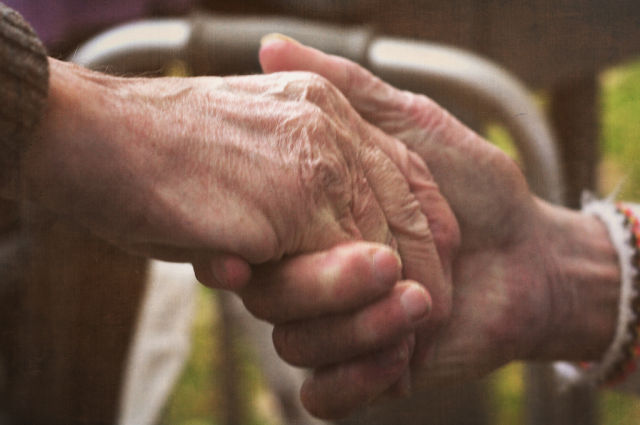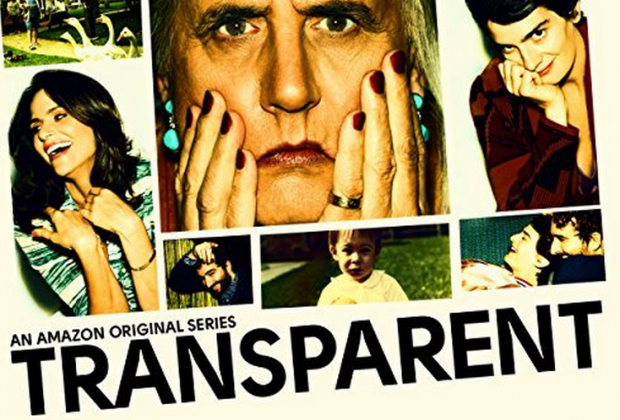
(credit: Dennis Skley)
In adapting to our environment, we'd ideally use the results of previous actions to inform future choices, updating our expectations and decisions to reflect knowledge gained from earlier experiences. However, sometimes we ignore the past's feedback when we really should pay attention it, leaving us trapped in a series of bad decisions. A study published in PNAS demonstrates that this “bad choice persistence” occurs when changing our decisions would go against our existing biases. This means that our beliefs can trap us in a difficult-to-break bad-decision feedback loop.
To examine this phenomenon, researchers looked at how subjects integrated new experiences with their past history when completing a sensory stimulus task. The participants were asked to predict whether a visual stimulus would appear on the left side or the right side of a screen based on where the stimulus appeared in previous trials.
In the first set of experimental trials, the location of the stimulus was randomized. These trials assessed the subjects’ baseline biases towards choosing one side of the screen or the other. After establishing these biases, the participants began a second set of experimental trials. In these experiments, the stimulus' location was determined by a probabilistic model that set the odds of its location using both the participants' previous choice history and the item's previous locations.







